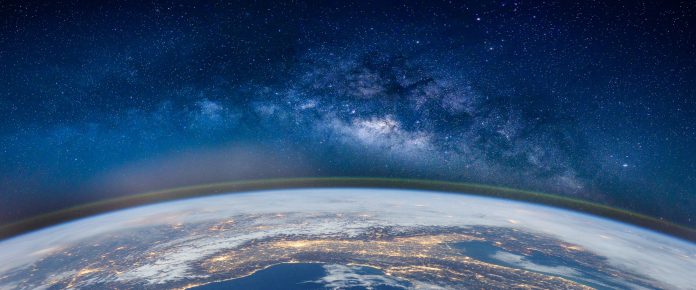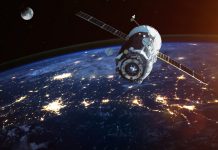NASA’s latest commercial resupply mission to the International Space Station (ISS) is underway, following the successful launch of SpaceX’s Dragon spacecraft at the end of last week
The uncrewed cargo ship lifted off at 2:45 a.m. on the August 24th EDT aboard a Falcon 9 rocket from Cape Canaveral Space Force Station in Florida, marking the 33rd resupply mission conducted by SpaceX for NASA.
The Dragon spacecraft is carrying more than 5,000 pounds of essential supplies, scientific experiments, and technology demonstrations destined for the orbiting laboratory.
Supporting future space exploration
This mission delivers a wide range of research and materials that support both life on Earth and future deep space missions under NASA’s Artemis program. Artemis aims to return astronauts to the Moon and eventually pave the way for human exploration of Mars.
Among the cargo are several advanced experiments designed to test technologies in microgravity, including 3D printing of metal parts and the bioprinting of tissue. These technologies could one day provide astronauts with tools and even medical support systems during long-duration space missions.
Scientific highlights inboard
Key scientific investigations on this mission include:
- Stem Cell Research: Bone-forming stem cells are being sent to study the prevention of bone loss in microgravity. The research could lead to new treatments for osteoporosis and other bone-related conditions on Earth and in space.
- Bioprinted Liver Tissue: A study will explore blood vessel development in bioprinted human liver tissue. Understanding how tissues grow and function in space could support future regenerative medicine efforts and organ replacement therapies.
- 3D Printing in Microgravity: Supplies to 3D print metal cubes will test the ability to manufacture tools and components in space. This innovation may reduce dependence on Earth-based resupply in the future and enhance in-situ manufacturing on the Moon or Mars.
- Medical Implant Materials: New materials will be tested for use in creating medical implants designed to treat nerve damage. The microgravity environment provides a unique setting to advance the development of such materials.
These investigations are part of hundreds of studies carried out aboard the ISS, which continues to serve as a vital platform for Earth and space science research.
The Dragon spacecraft autonomously docked with the station’s Harmony module around 7:30 a.m. EDT on Monday, August 25. Live coverage of the arrival began at 6 a.m. on NASA+, as well as on streaming platforms such as Netflix and Amazon Prime.
In addition to delivering experiments and supplies, the Dragon spacecraft will perform a key station maintenance task. It will demonstrate a reboost manoeuvre using an independent propulsion system housed in the spacecraft’s trunk. This system, which uses Draco engines, is designed to help maintain the ISS’s altitude. A series of planned orbital boosts will commence in September and continue through the fall of 2025.
This will be the second example of these capabilities. The first test was conducted during SpaceX’s 31st commercial resupply mission in November 2024.
Return to Earth in December
The Dragon spacecraft will remain attached to the station until December. At the end of its mission, it will undock and return valuable scientific samples and cargo to Earth, landing via splashdown off the coast of California.
The ongoing partnership between NASA and SpaceX continues to deliver critical resources to the ISS, while enabling cutting-edge research that benefits humanity and prepares for the challenges of future space exploration.











